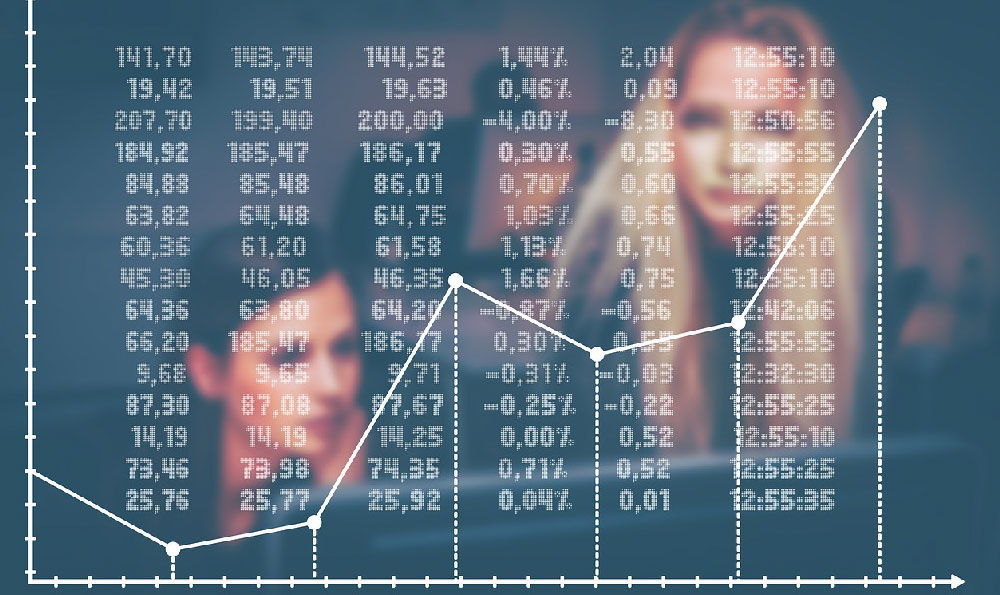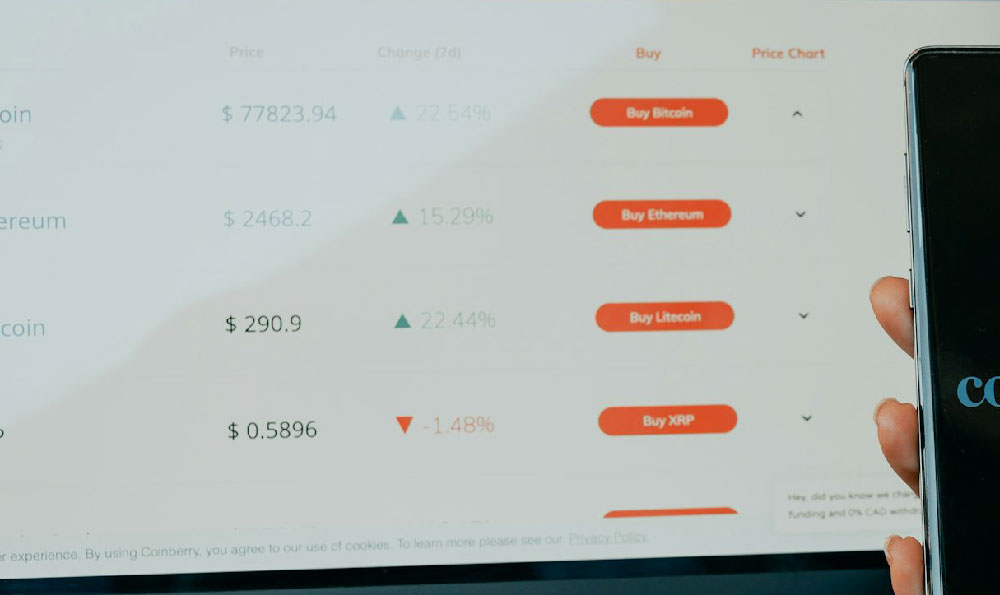A Guaranteed Investment Fund (GIF), often associated with insurance products, presents itself as a seemingly low-risk avenue for investment. However, understanding its intricacies is paramount before committing capital. At its core, a GIF is a type of investment fund, typically offered by life insurance companies, that guarantees a certain percentage of your principal investment, or its growth, at maturity or upon death. This guarantee is its primary selling point, appealing to risk-averse investors seeking a safety net in potentially volatile markets.
The mechanism by which GIFs operate involves a blend of investment strategies and insurance guarantees. Your investment is placed into a fund, which can be invested in various assets, such as stocks, bonds, real estate, or a combination thereof, mirroring the diversification offered by mutual funds. The insurance company then provides a guarantee, which usually ranges from 75% to 100% of your initial investment. This guarantee shields you from significant losses, as even if the underlying fund performs poorly, you're assured of receiving at least the guaranteed amount at the maturity date (typically 10 years or longer) or upon your death.
The "guaranteed" aspect isn't entirely free. The insurance company charges fees for providing this safety net, and these fees are a crucial factor to consider. These fees are generally embedded within the fund's management expense ratio (MER), which is typically higher than that of comparable mutual funds without a guarantee. This higher MER directly impacts the fund's performance, eating into potential returns. Think of it as paying a premium for the peace of mind offered by the guarantee; however, it's vital to assess whether that premium is justified by your individual risk tolerance and investment goals.

Now, let's delve deeper into the working of a GIF and explore how it distinguishes itself from other investment vehicles. Firstly, the guarantee itself comes with conditions. While you are guaranteed a minimum return, it's usually only applicable at the maturity date or upon death. If you withdraw your money before the maturity date, you may incur surrender charges, which can be substantial, particularly in the early years of the investment. These charges are designed to compensate the insurance company for the loss of premium income and the potential cost of honoring the guarantee. Always meticulously examine the surrender charge schedule before investing, as early withdrawals can significantly erode your principal.
Secondly, many GIFs offer a "reset" feature. This allows you to lock in any gains that your investment has accrued over time. For example, if your GIF has grown significantly after a few years, you might be able to reset the guarantee to a higher level, reflecting the increased value of your investment. This can be advantageous in a rising market, as it locks in your gains and protects them from future downturns. However, resets may also come with conditions or limitations, so careful evaluation is necessary. Some products might limit the number of resets you can do or impose a certain period before you can reset again.
Thirdly, GIFs offer potential creditor protection. In some jurisdictions, assets held within a GIF may be protected from creditors in the event of bankruptcy or legal proceedings. This can be a significant benefit for individuals who are self-employed or who operate businesses with inherent risks. The specifics of creditor protection vary by jurisdiction and the terms of the GIF contract, so it's essential to consult with a legal professional to understand the extent of this protection.
Another critical aspect to consider is the tax implications of GIFs. The returns generated within a GIF are generally taxable as regular income when withdrawn, unlike capital gains, which are taxed at a lower rate. However, if held within a registered account, such as a Registered Retirement Savings Plan (RRSP) or a Tax-Free Savings Account (TFSA), the tax implications may be different. Understanding the tax implications is crucial for making informed decisions about whether a GIF is suitable for your overall financial plan. Seek professional advice to understand how GIFs interact with your specific tax situation.
Comparing GIFs to other investment options is crucial. While GIFs offer a guarantee, they typically come with lower potential returns compared to riskier investments like stocks or even some mutual funds. The higher MER and the potential for surrender charges can further impact their overall return. Consider your risk tolerance, investment time horizon, and financial goals when deciding whether a GIF is the right choice for you. If you are comfortable with some level of risk and have a longer investment time horizon, you may be better off investing in a diversified portfolio of stocks and bonds, which could potentially generate higher returns over the long term. If you are risk-averse and prioritize capital preservation, a GIF might be a suitable option, but be sure to understand the tradeoffs.
Finally, and perhaps most importantly, always read the fine print. Thoroughly review the GIF contract, paying close attention to the guarantee details, fees, surrender charges, reset features, and any other conditions or limitations. Don't hesitate to ask questions and seek clarification from the insurance company or a financial advisor. Understanding the intricacies of the GIF contract is crucial for making informed decisions and avoiding unpleasant surprises down the road. A healthy dose of skepticism and a commitment to due diligence will help you navigate the world of GIFs and determine whether they align with your individual financial needs and objectives.












